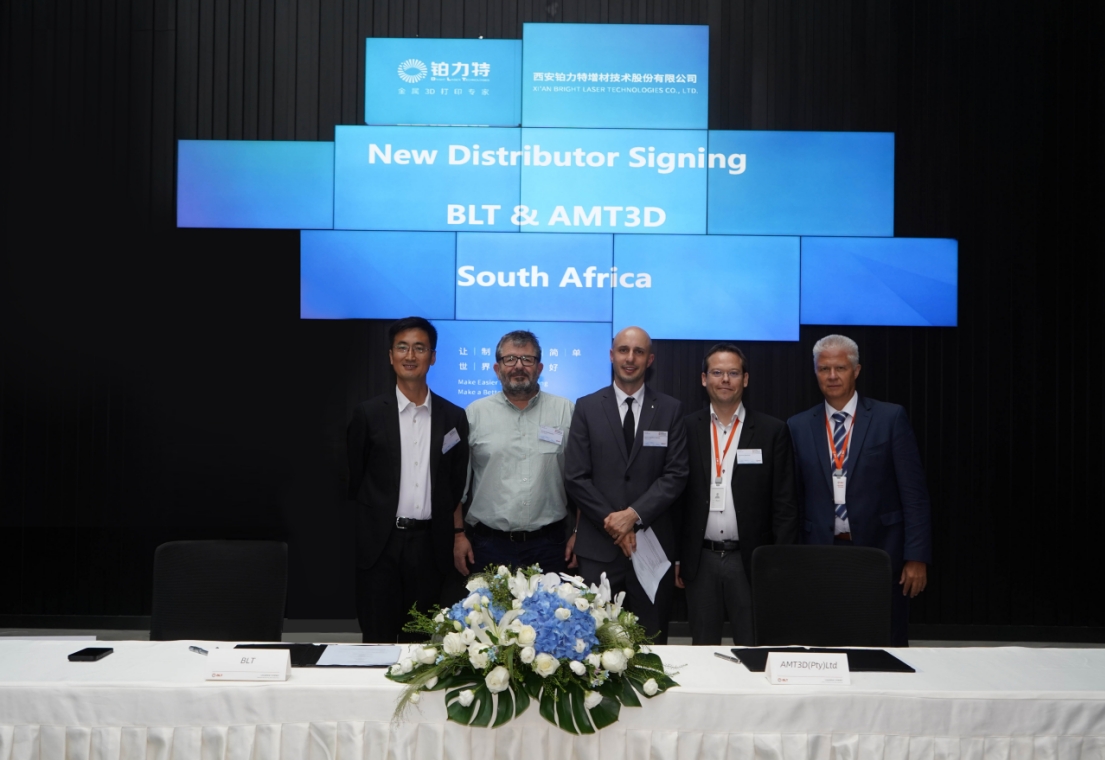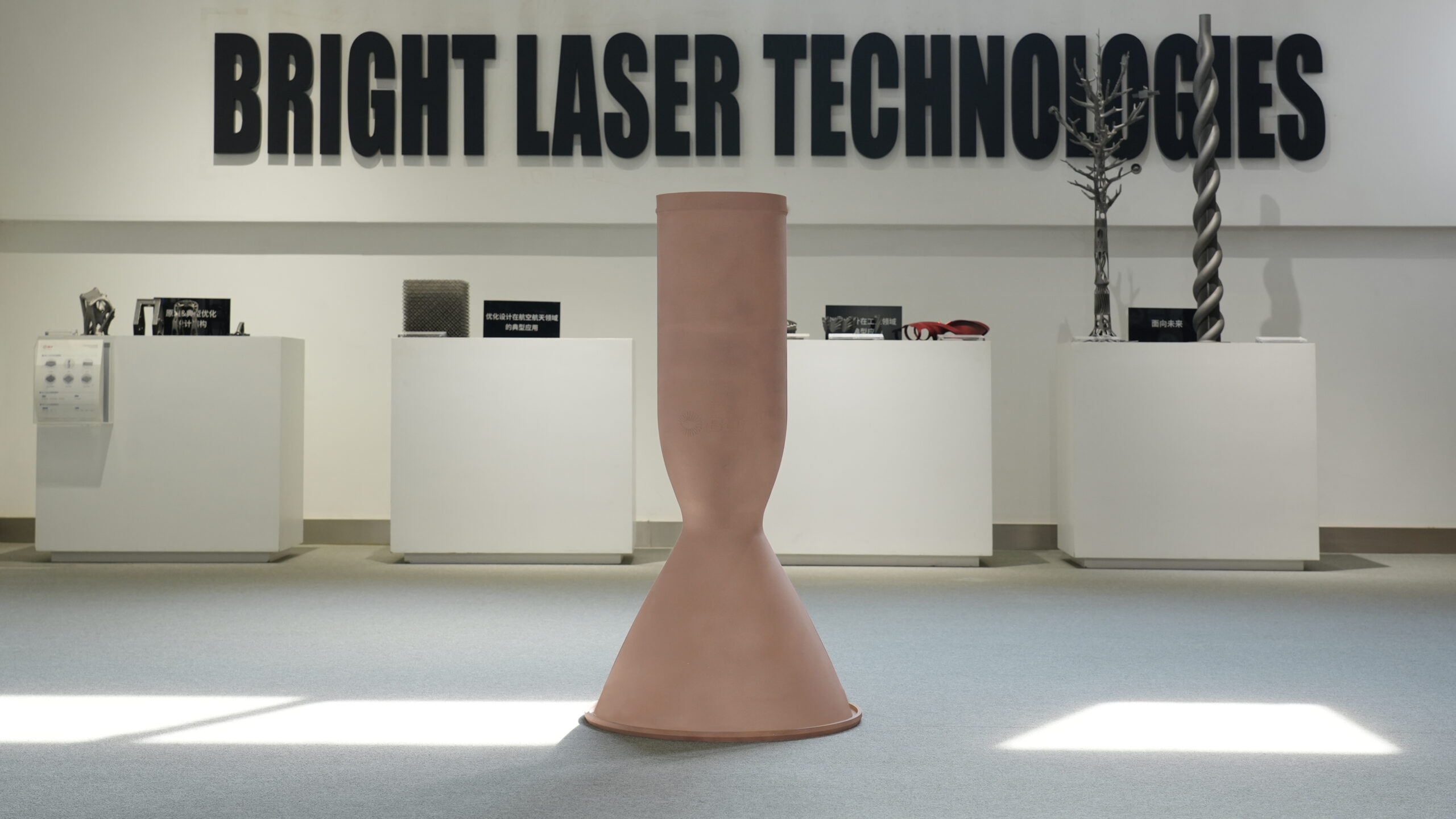Space Circling Aerospace Technology Co., Ltd. recently completed a successful 50-second engine test of its independently developed 85-ton-class rocket engine, QL-1 (QiaoLong-1). The engine demonstrated smooth ignition, rapid shutdown, and stable, high-efficiency operation throughout the test, marking another significant milestone in the development of China’s commercial space propulsion capabilities. This achievement was made possible not only by Space Circling’s dedicated engineering efforts, but also by BLT’s critical support in metal 3D printing technology.

In the QL-1 engine project, BLT provided customized 3D printing services for more than 20 critical components, including thrust chambers, turbopumps, valves, and other key structures. As a core supplier of the engine’s essential metal additive manufactured parts, BLT played a crucial role in supporting the successful engine test firing. Thrust chambers and turbopumps are vital components that ensure the stable operation of rocket engine systems. From the initial design phase, BLT was deeply involved, leveraging integrated 3D printing technology to efficiently and precisely manufacture these key structures. This approach significantly enhanced the engine’s overall performance and reliability.
Thrust Chamber Components: Enabling Complex Flow Channel Fabrication Beyond Traditional Limits
The thrust chamber, as the primary power source of a rocket engine, converts the thermal energy of high-temperature, high-pressure combustion gases into kinetic energy to provide propulsion. For the QL-1 engine, BLT utilized its BLT-S800, BLT-S515, BLT-S1000, and BLT-S450 printing systems to achieve integrated manufacturing of key components, including the thrust chamber nozzle extension, gas generator, thrust chamber body, and oxygen inlet. Traditional manufacturing methods face challenges in fabricating complex internal flow channels and require multiple processes such as welding and assembly, which may introduce structural weaknesses and affect part performance. Additive manufacturing enables the production of complex internal flow channels in a single build, allowing precise optimization of propellant pathways. This leads to higher combustion efficiency and lower energy losses, resulting in improved engine thrust and overall performance.

Turbopump Components: Reducing Cost and Enabling Rapid Iteration
The turbopump serves as the “heart” of the rocket engine, driving the pump to pressurize and deliver propellant to the combustion chamber, ensuring continuous fuel supply. For the QL-1 engine development, BLT 3D printed multiple critical components—including dual-stage impellers, turbine guide vanes, fuel and oxidizer housings—significantly reducing manufacturing costs and accelerating production efficiency.
Traditional manufacturing involves multiple time-consuming and costly steps such as machining, electrode design, and electrical discharge machining (EDM), which hinder rapid design iterations. In contrast, additive manufacturing consolidates these processes into a single, integrated build, streamlining production and significantly accelerating part development.
Taking the two-stage impeller as an example, with dimensions of 340mm × 340mm × 55mm, it was fabricated using the BLT-S450 in a single, integrated 3D printing process. Under traditional manufacturing methods, the production cycle—from material procurement to final machining—typically exceeds three months. By leveraging 3D printing technology, the manufacturing time was reduced to 45 days, while the cost was cut by approximately 75%. This advancement not only significantly improves production efficiency and enables rapid part fabrication but also supports faster iterative design cycles.




